You must have seen multiple monasteries across the world but the one in Tabo town of Spiti Valley if very different, although the newer part is similar to the common patterns. While in Spiti valley of Himachal Pradesh, we noticed many different kinds of Monasteries but this one in Tabo was very different. This post would take you through a quick tour of Tabo Monastery, although there are no photographs of the interiors as that was not allowed.
Above photograph shows the HPPWD Guest house in Tabo which is situated close to the bus stand of Tabo village and this is the place from where there is a narrow path for the monastery. There is another entry gate which is on the back side of the SBI bank in Tabo village of Spiti Valley. The place is vibrant and surrounded by the play of clouds around the huge & dry mountains of Spiti Valley in Himachal Pradesh.
Above photograph shows the main bus stand of Tabo village with huge mountain in the background. Spiti is full of such vibrant, high and dry mountains.
Related Post - How to reach Spiti Valley from Delhi and things to do around Kinnaur/Spiti in Himachal Pradesh
As you move towards the Monastery from Tabo bus stand, you encounter these modern structures first but you need to cross these and move towards the old part of the monastery which is pretty old and it's in mud color, with flat roof on the top and it's as high as the modern monasteries are.
The Tabo monastery, especially the oldest structure is in need of refurbishing as the wooden structures are aging and the thanka scroll paintings are fading. The photograph below shows the main area of old Tabo Monasteries and it's beautiful from inside, but photography is not allowed inside so I don't have any photograph to share.
Related Post - Road Journey through Kaza, Key Monastery, Kibber, Langza, Koumik & Dhankhar in Spiti Valley
Tabo is noted for being the oldest continuously operating Buddhist enclave in both India and the Himalayas. Isn't that amazing. So far I have seen different kinds of monasteries in size, shape and importance in buddhism, but this one is certainly very special. It may not look as fancy as other colorful monasteries are but this one is certainly very special for followers of Buddhism.
Above photograph shows the news wing of the monastery and the hostel of monks on the right. These are modern architectures. The main temple in Tabo Monastery represents the entire Vajradhatu Mandala. The Tabo monastery has a huge collection of manuscripts and Pramana texts, which were also filmed between 1991 and 1998.
The Tabo monastery is protected by the Archaeological Survey of India (ASI) as a national historic treasure of India and I loved this fact. ASI has been one of the successful organization when it comes to save our heritage in best possible way. There are different NGOs have come up to collaborate with ASI to make a bigger impact.
There are many priceless collections of thankas (scroll paintings), manuscripts, well-preserved statues, frescos and extensive murals which cover almost every wall of Tabo Monastery in Spiti Valley of Himachal Pradesh. A large number of frescoes displayed on its walls depict tales from the Buddhist pantheon. Unfortunately we couldn't click photographs of those because of the restrictions.
Tabo Monastery now has nine temples, four decorated stupas, and cave shrines. The paintings date to the 10th-11th centuries for main temple (Tsug la Khang), 13th-14th centuries for the stupas, and from the 15th to the 20th centuries for all the other temples.
After the earthquake of 1975, the monastery was rebuilt, and in 1983 a new Du-kang or Assembly Hall was constructed. It is here that the 14th Dalai Lama held the Kalachakra ceremonies in 1983 and 1996.
If you liked this post and found it helpful, I would request you to follow these things when traveling -
1. Manage your waste well and don’t litter Use dustbins.
2. Tell us if you went to a place and found it hard to locate a dustbin.
3. Avoid bottle waters in hills. Usually you get clean water in hills and water bottles create lot of mess in our ecosystem.
4. Say big no to plastic and avoid those unhealthy snacks packed in plastic bags. Rather buy fruits.
5. Don't play loud blaring music in forests of jungle camps. You are a guest in that ecosystem and disturbing the locals (humans and animals) is not polite
Related Blogposts :

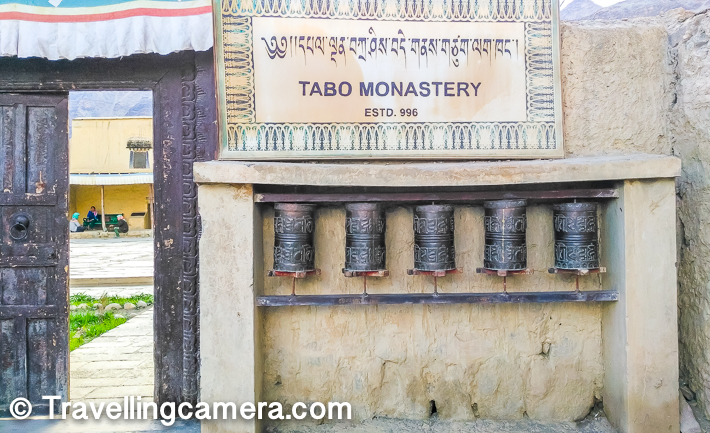







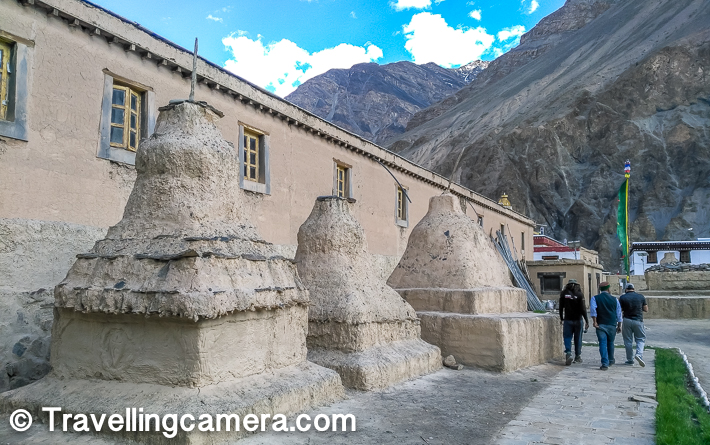





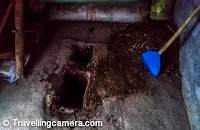
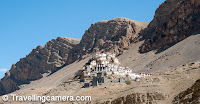
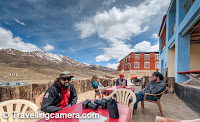
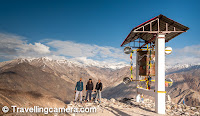
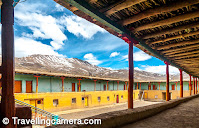


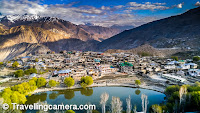

.jpg)
Comments